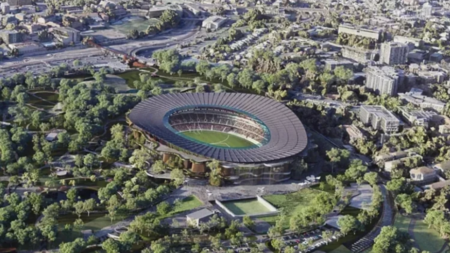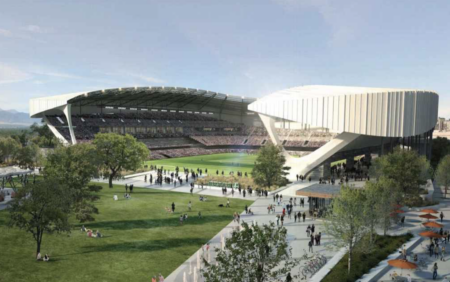Image courtesy of Zaha Hadid Architects
The Japanese government has set out the process for the design and construction of a new national stadium, after scrapping a set of existing designs that were widely regarded to have exceeded cost restrictions and were also deemed by many to be unnecessarily extravagant.
The discarded plans, created by Zaha Hadid Architects, had been the source of much controversy – as estimated costs had exceeded ¥252bn (US$2bn). The architectural firm, however, released a statement shortly before the cancellation announcement claiming that escalating costs were nothing to do with the design of the stadium. Just a few days later, Japanese prime minister Shinzō Abe announced that a new design would be chosen.
As reported by The Japan Times, sports minister Hakubun Shimomura announced that construction will start on the new centerpiece for the 2020 Tokyo Olympics in January or February next year.
A plan will be drawn up to set out the functions of the new building – these criteria will be costed, and will be put out to tender before the end of 2015.
The design and construction company will be chosen in an international competition, which will aim to complete the stadium by spring 2020, Shimomura said.
Shimomura also told a news conference that plans are being considered for an investigatory panel to determine how construction plans for the previous design rose to such extravagant heights.
Japan’s previous National Stadium, built for the 1964 Olympics, has already been demolished. Original plans called for work on the new stadium to begin this October, with an estimated completion date of May, 2019 – in time for the Rugby World Cup in 2019.
July 23, 2015




